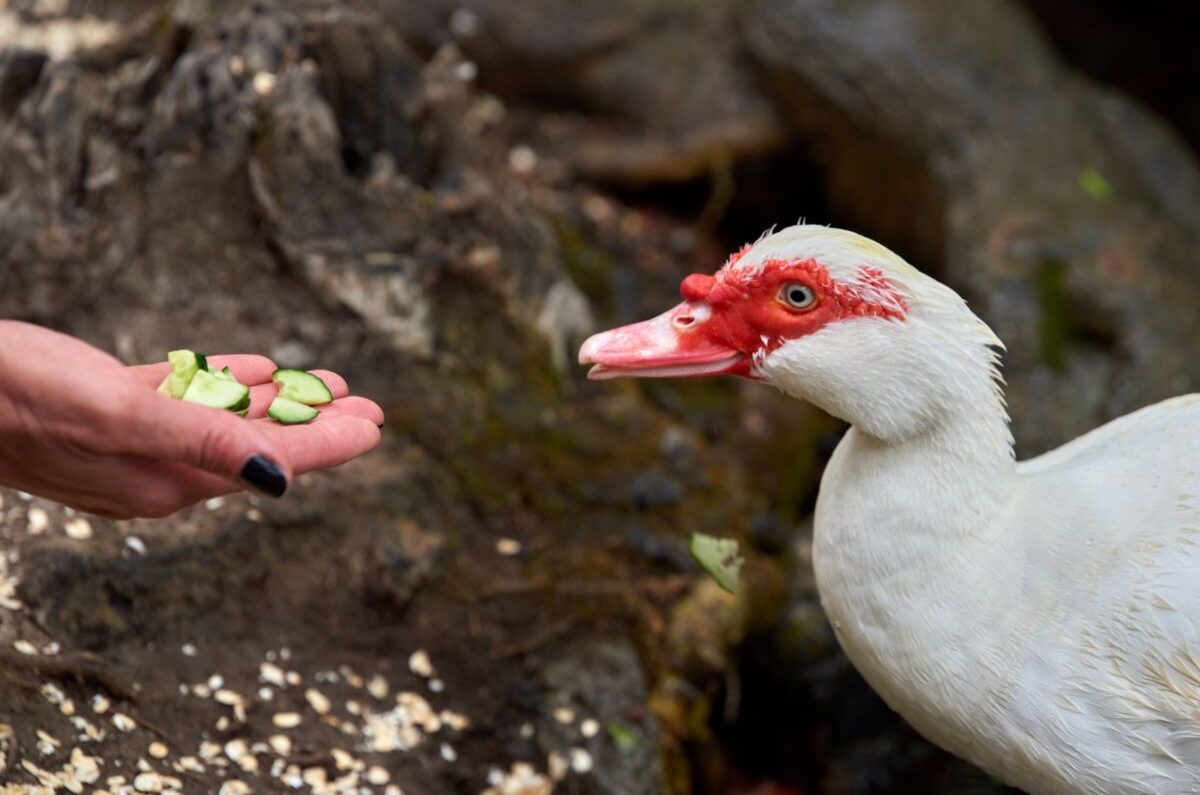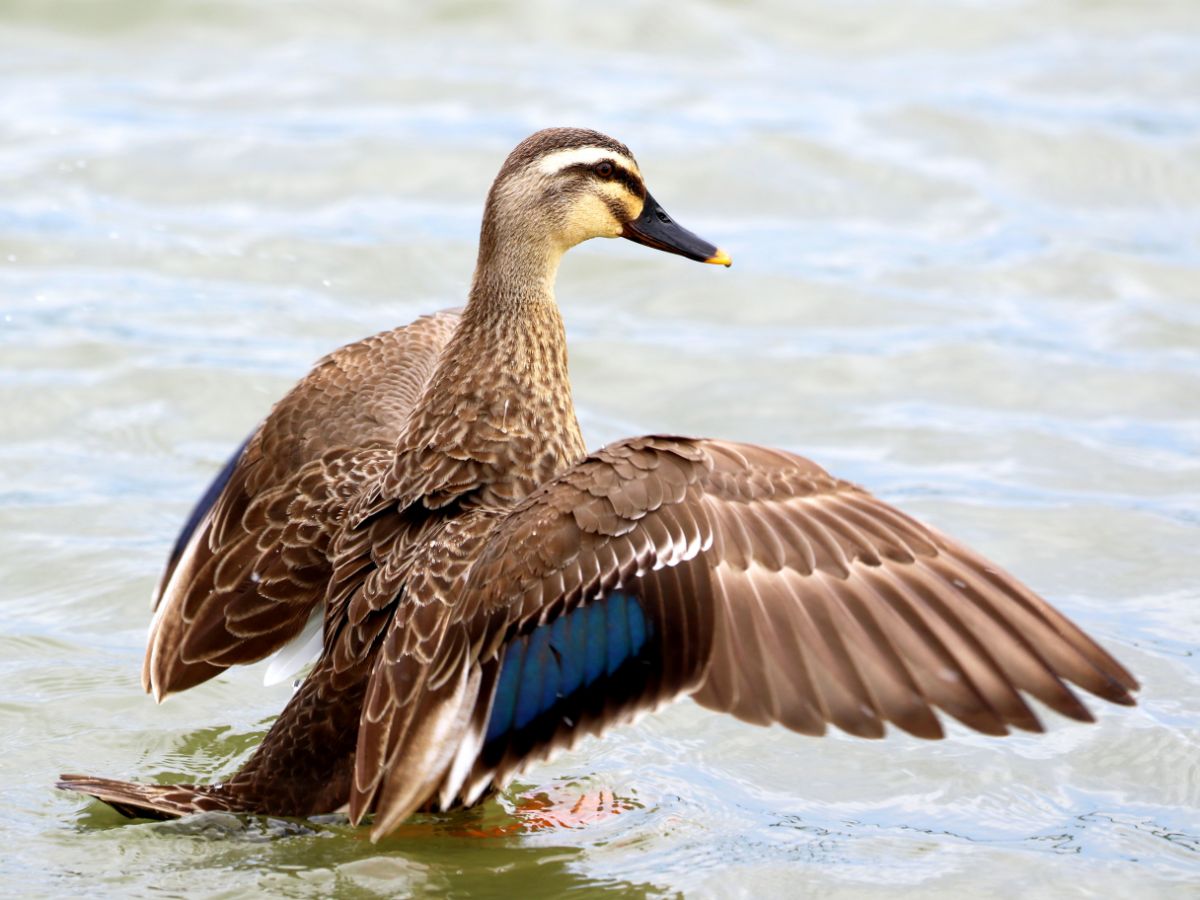Chickens are scavengers and will generally eat what is in front of them. However, they need a balanced diet that requires a surprisingly complex balance of nutrients, including protein, minerals, fat, carbohydrates, vitamins, and water. But what leftovers and table scraps are safe for chickens?
Adding nutrients to your chicken diets by feeding them leftovers and scraps is a great way to help balance their nutritional requirements. Almost every kind of scrap and leftover food can be eaten by chickens and will positively affect their overall health.
The only foods which should not be fed to chickens include raw potato, green potato skins (brown skins are fine, avocado, chocolate, onion, garlic, citrus fruits, uncooked rice, or uncooked beans, junk food, moldy or rotten food, and high salt content items.
Contents
What Leftovers And Scraps Can You Feed Your Chickens?
Every chicken needs to have a balanced percentage of the following components in its feed.
- Protein
- Methionine
- Lysine
- Minerals
- Fat
- Carbohydrates (Fiber)
Chickens Need Protein
The protein in chicken feed is generally labeled as “Crude Protein” and is essentially the nitrogen content of the food.
The protein molecules are built with an arrangement of different amino acids required by the birds.
Protein is found in the following foods.
- Seafood
- White-Meat Poultry
- Milk, Cheese, and Yogurt
- Eggs
- Beans
- Pork Tenderloin
- Soy
- Lean Beef
Chickens make ten of the twenty amino acids from other compounds, but the missing ten acids must be provided in the feed. The amino acids normally deficient for a chicken eating a corn/soy-based diet are methionine and lysine.
Chickens Need Methionine
Amino acids, of which methionine is one, are the building blocks that the chicken uses to make proteins. Methionine is found in
- Meat
- Fish
- Dairy Products
Chickens Need Lysine
Lysine is an amino acid that is a building block for proteins and is found in the following foods.
- Meat, specifically red meat, pork, and poultry
- Cheese, particularly parmesan
- Certain fish, such as cod and sardines
- Eggs
- Soybeans, particularly tofu, isolated soy protein, and defatted soybean flour
- Spirulina
- Fenugreek seed
Chickens Need Minerals
Chickens need calcium, phosphorus, and salt in the highest amounts.
An example of foods that contain calcium and phosphorus are
| Food | Calcium | Phosphorous |
| Nuts And Seeds | Yes | |
| Meat | Yes | Yes |
| Eggs | Yes | Yes |
| Beans And Lentils | Yes | Yes |
| Yogurt And Cheese | Yes | Yes |
| Fish | Yes | Yes |
| Shellfish | Yes | |
| Ancient Grains | Yes | |
| Limestone, | Yes | |
| Oyster Shell | Yes | |
| Bone Meal | Yes | Yes |
| Starchy Vegetables | Yes | |
| Leafy Greens | Yes | |
| Tofu | Yes | Yes |
| Broccoli | Yes | |
| Chinese Cabbage (Bok Choy) | Yes | |
| Okra | Yes | |
| Green Snap Beans | Yes |

Chickens Need Fat
Oils and animal fats are used to provide calories in the diet and will contain over 3,000 kcal per kilogram (1,364 kcal per pound).
Fats enable the absorption of important fat-soluble vitamins and improve the feed’s handling qualities, palatability, and pellet quality.
The chicken can absorb fats without using up any energy,
The fatty acids can influence the fatty acids found in the egg yolk in the diet of a laying hen. The following foods have high levels of omega-3 fatty acids.
- Flaxseed
- Camelina
- fish meal
Chickens Need Carbohydrates (Fiber)
Carbohydrates are found in the following combinations.
- Alone (glucose or fructose).
- In pairs such as sucrose (table sugar) or lactose (dairy sugar).
- In larger forms like plant starch or cellulose.
Carbohydrates are the biggest component of poultry food and are used as a quick energy source, and are a required fuel source in all cells.
They are found in the following cereal grains.
- Corn
- Wheat
- Sorghum
- Barley
- Rye
- Millet
Cellulose and other complex, indigestible carbohydrates are classified on a feed label under the term “crude fiber.” These molecules may have important roles in the chickens intestinal health, but too great a quantity may reduce a bird’s growth and make them susceptible to intestinal disorders.
Chickens Need Vitamins
Vitamins required by chickens include
- Vitamin A necessary for proper vision and reproductive health
- Vitamin D is used in bone formation and calcium metabolism
- Vitamin E is a biological antioxidant.
- Vitamin K assists with blood clotting.
- Water-soluble B-complex vitamins are involved in the chickens’ energy metabolism reactions.
Chickens make their own vitamin C, so there is no need to supplement it in their diet.
The chicken’s full requirement is met by including a vitamin premix in the diet.
| Vitamin A | Vitamin D | Vitamin E | Vitamin K | B-complex vitamins | |
| Leafy green and yellow vegetables | Yes | Yes | |||
| Beet greens, collard greens, spinach | Yes | Yes | |||
| Pumpkin | Yes | ||||
| Tomatoes | Yes | ||||
| Red bell pepper | Yes | Yes | |||
| Cantaloupe | Yes | ||||
| mango | Yes | ||||
| Beef liver | Yes | ||||
| Fish | Yes | ||||
| Fish oils | Yes | Yes | Yes | ||
| Shellfish | Yes | ||||
| Milk/Cheese | Yes | Yes | |||
| Eggs | Yes | Yes | |||
| Red Meat | Yes | Yes | |||
| liver | Yes | Yes | |||
| Some Fat Spreads And Breakfast Cereals | Yes | ||||
| Wheat, Germ Oil | Yes | ||||
| Sunflower seeds | Yes | ||||
| Almonds | Yes | ||||
| Peanuts, peanut butter | Yes | ||||
| Soya Bean, Canola Oil | Yes |
Chickens Need Water
There is normally a 10% moisture content in poultry feed, whereas chicken meat has a 65–70% moisture content, and their eggs have 75%. The difference has to come from somewhere, so water must always be made available and considered an essential part of their nutrition.
The chickens must have access to cool, clean drinking water. Water is drunk by chickens in a ratio to their food intake when they drink about twice what they eat. If they can’t drink, they will stop eating.
Chickens also use water to cool off their bodies.
Chickens Need The Correct Diet
The most common mistake with feeding chickens is using the wrong food.
The following lists the percentage of each component that the different chicken types and ages need.
Broiler (Meat Bird)
| Protein | Methionine | Lysine | Minerals Calcium | Minerals Phosphorus | Fat | Fiber | |
| Starter (1–3 weeks) | 22.00% | 0.50% | 1.30% | 0.95% | 0.45% | 5.00% | 2.50% |
| Grower (4–6 weeks) | 20.00% | 0.45% | 1.15% | 0.90% | 0.40% | 5.50% | 2.50% |
| Finisher (7+ weeks) | 18.00% | 0.50% | 0.95% | 0.85% | 0.35% | 6.00% | 2.50% |
Pullet (Young Hen)
| | Protein | Methionine | Lysine | Minerals Calcium | Minerals Phosphorus | Fat | Fiber |
| Starter (1–6 weeks) | 20.00% | 0.45% | 1.10% | 1.00% | 0.45% | 4.00% | 3.00% |
| Grower (7–18 weeks) | 17.00% | 0.35% | 0.80% | 0.95% | 0.40% | 4.00% | 3.00% |
Egg Laying Hen
| | Protein | Methionine | Lysine | Minerals Calcium | Minerals Phosphorus | Fat | Fiber |
| In production (19+ weeks) | 16.00% –18.00% | 0.35% –0.45% | 0.75% –0.85% | 3.50 % –4.50% | 0.35% –0.50% | 4.00% | 3.00% –4.00% |
Conclusion
Supplementing your chickens’ diets with leftovers and table scraps is a great way of improving the nutritional balance of your chicken food and helping you reduce the cost of running an active chicken farm.
Foods that chickens should not be fed include raw potato, avocado, chocolate, onion, garlic, citrus fruits, uncooked rice, or uncooked beans.




